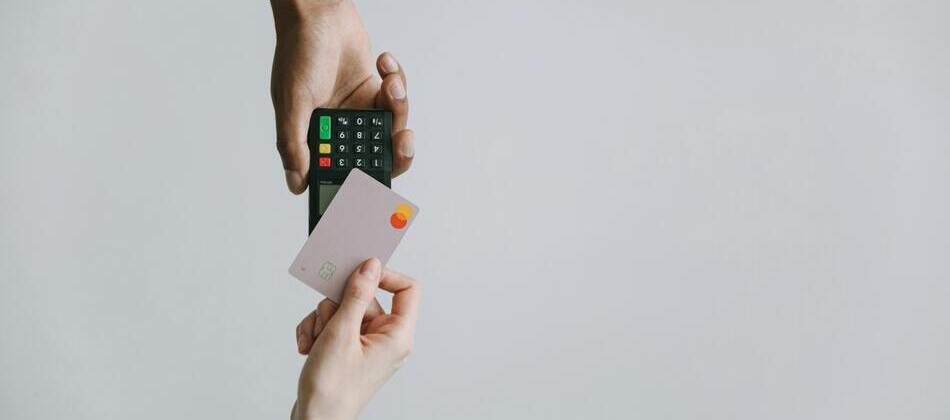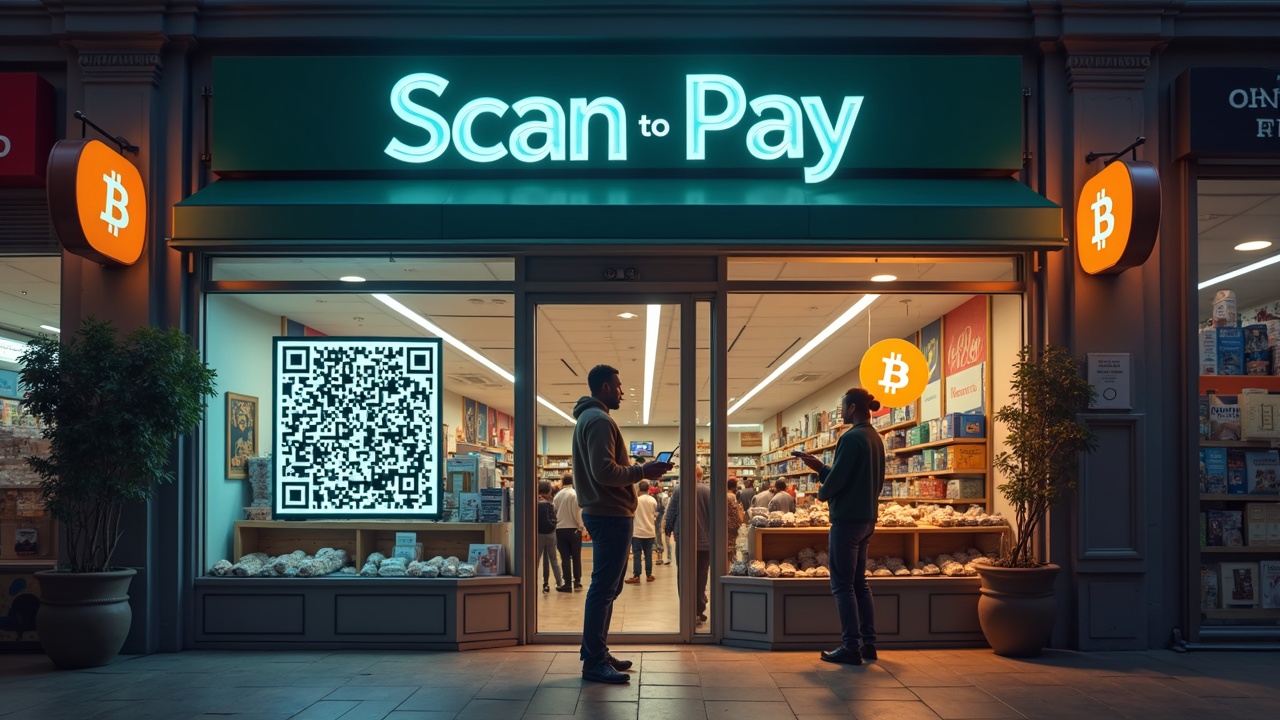In October 2025, a landmark partnership in South Africa seamlessly integrated cryptocurrency into the mainstream economy. The collaboration between QR payment provider Scan to Pay and Bitcoin payment company MoneyBadger enabled customers to use digital assets at over 650,000 retail points nationwide.
This initiative allows users of major exchanges like Binance, Luno, and VALR to pay directly with Bitcoin and stablecoins at checkout via a simple QR code scan. The system settles instantly, with merchants receiving funds in South African Rand without handling cryptocurrency themselves. This bridges a key usability gap, transforming crypto from a primarily held investment into a practical medium for daily transactions on groceries, meals, and online shopping.
The Technology Behind the Simplicity
The integration works by leveraging the existing Scan to Pay infrastructure, requiring no additional setup for merchants. For consumers, the process is designed to be as familiar as any other mobile payment:
-
At Checkout: Customers scan the merchant’s QR code using their preferred participating crypto wallet app.
-
Payment Routing: The transaction is processed through the MoneyBadger platform, which connects directly to the user’s exchange account or Bitcoin Lightning Network wallet.
-
Settlement: The Lightning Network facilitates near-instant, low-cost final settlement, while the merchant securely receives the Rand equivalent.
This technical backbone eliminates the traditional friction of converting crypto to fiat before spending, fulfilling the original vision of cryptocurrency as a “peer-to-peer electronic cash system”.

A Strategic Shift in Crypto Adoption
This large-scale rollout signals a significant evolution in the South African market, moving beyond speculation to everyday utility. As MoneyBadger CEO Carel van Wyk noted, “South Africans are increasingly moving from holding Bitcoin as an investment to using it for everyday spending”. This reflects a conscious effort to boost crypto’s utility, as spending is seen to create more demand for merchant acceptance than hoarding.
The partnership also dramatically expands accessibility. By connecting Luno’s existing 30,000 merchants to Scan to Pay’s network of 650,000 outlets, it brings crypto payments to major retail chains like Shoprite, Checkers, and Makro. With an estimated 7 million crypto users in South Africa, this infrastructure positions the country as a regional leader in practical digital asset adoption.
This development marks a significant step toward financial inclusion and the normalization of digital currencies in daily commerce. It will be interesting to watch how this model influences consumer behavior and whether other regions will follow with similar large-scale integrations.


